This post may contain affiliate links. Please read our disclosure policy. As an Amazon Associate, I earn from qualifying purchases.
This 100% whole wheat spelt sourdough bread is the real deal. No white flour and no commercial yeast. Just four ingredients and that naturally tangy, chewy, artisan-style crumb. The whole grain spelt gives it a nutty flavor and rustic texture. If you’re after a hearty loaf with depth and character, this one earns a spot on repeat.
If you’re after something more classic, you can try my sourdough bread made with white flour.
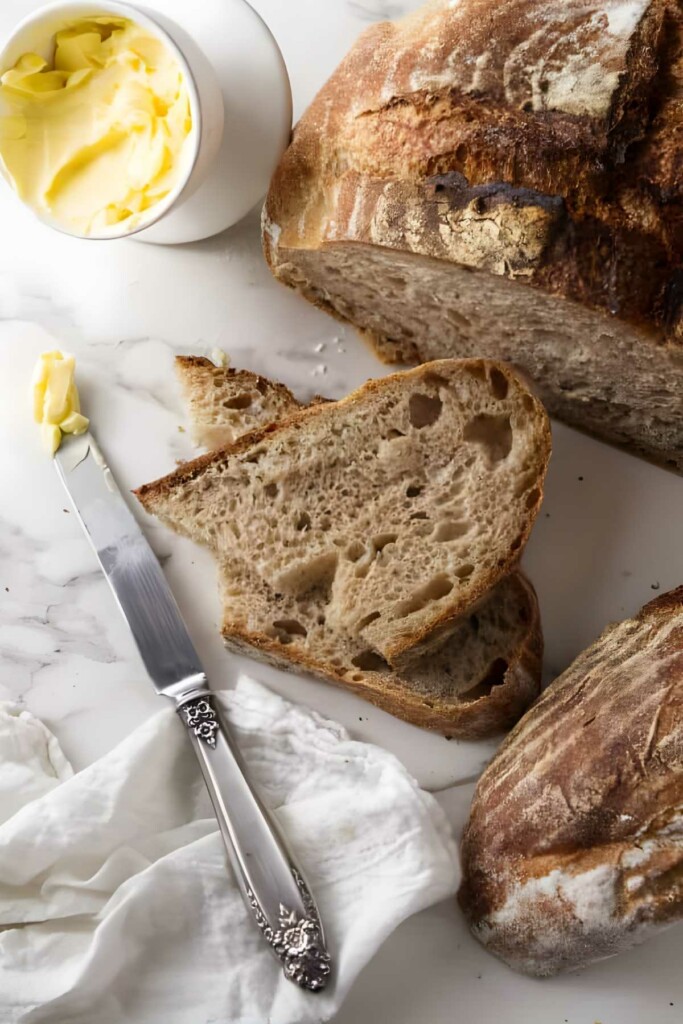
Here is Why This Sourdough Spelt Bread Recipe Works
Uses a natural sourdough starter: No commercial yeast here. Just good old fermentation doing its thing for depth and complexity. If you need one, here’s how to make a sourdough starter with pineapple juice.
Spelt flour keeps things interesting: It’s nuttier, softer, and brings a rustic flavor that makes it a favorite for whole grain baking. Want more ways to use it? Try my spelt banana bread for a naturally sweet treat or this hearty spelt Irish soda bread.
Flexible proofing options: Whether you want it same day or tomorrow, this dough plays nice with room temp or cold fermentation.
No fancy equipment needed: Sure, a Dutch oven helps, but you can pull this off with a baking sheet if you need to.
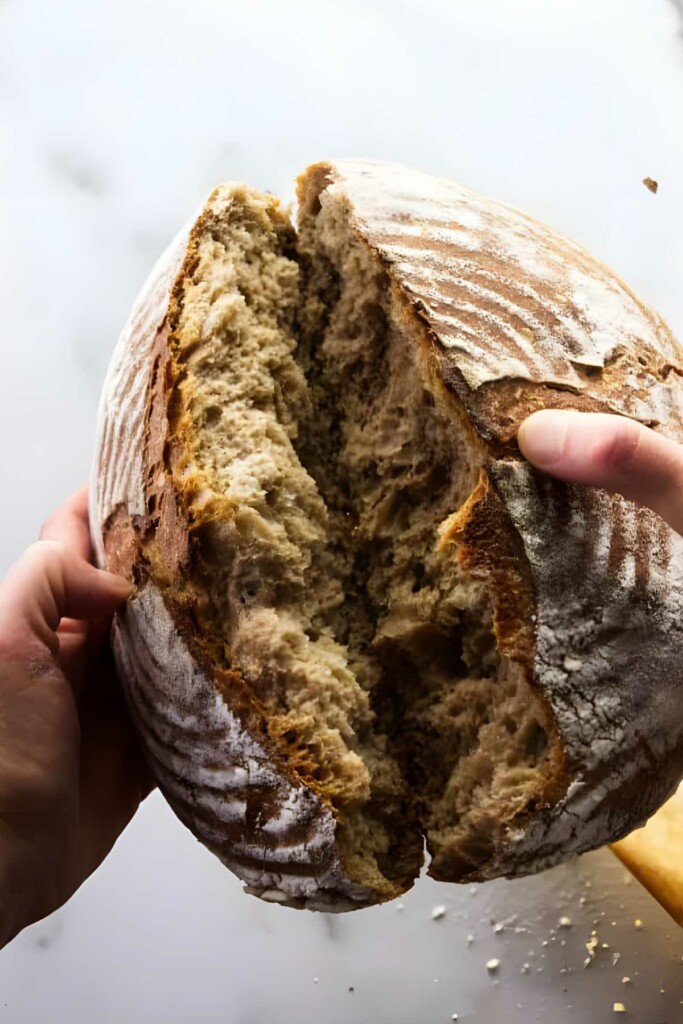
Want to try something more relaxed with your starter? My sourdough focaccia is low-effort, no-knead, and perfect for sandwiches
Recipe Tips
Weigh your ingredients: Measuring by cups is fine in theory, but spelt is temperamental. A scale keeps things precise and saves you from guesswork.
Don’t add extra flour: Spelt gets dense fast if you add too much flour. Embrace the stickiness and keep your hands wet instead.
Don’t wait for a full double rise: Spelt doesn’t have the gluten muscle for dramatic lifts. Aim for 1½ to just under 2 times the original size. Any more, and it can collapse.
Flour your proofing basket: Use a mix of rice and all-purpose flour to keep the dough from welding itself to your towel or basket.
Be patient with the sticky stage: Yes, it’s messy. No, it doesn’t mean you did something wrong. That wet dough is exactly what gives you an open crumb and soft interior.
Working with ancient grains? Einkorn, like spelt, has a weaker gluten structure and benefits from gentle handling. If you’re curious, check out my einkorn sourdough bread recipe.
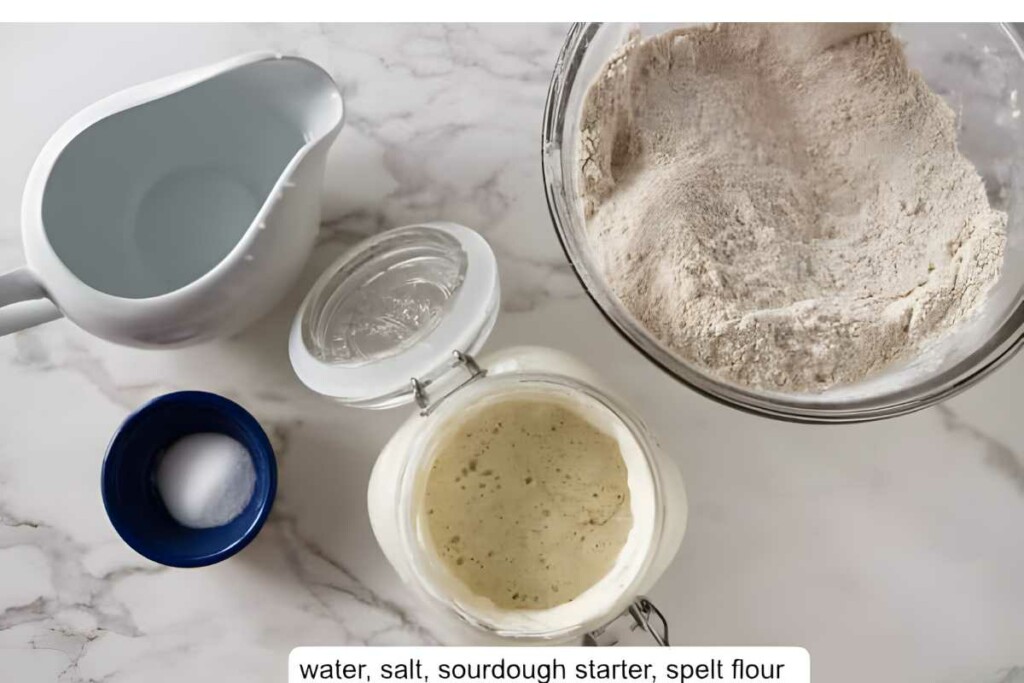
Storing Leftovers
Refrigerate: Store leftover slices in an airtight container at room temp for up to 2 days, or refrigerate for up to 5 days if your kitchen runs warm.
Freeze: Wrap slices or the whole loaf tightly in plastic, then foil, and freeze for up to 2 months. Thaw at room temp before reheating.
Reheat: Toast slices straight from the fridge or freezer. If you’re reviving a whole loaf, warm it in a 350°F oven for about 10–15 minutes.
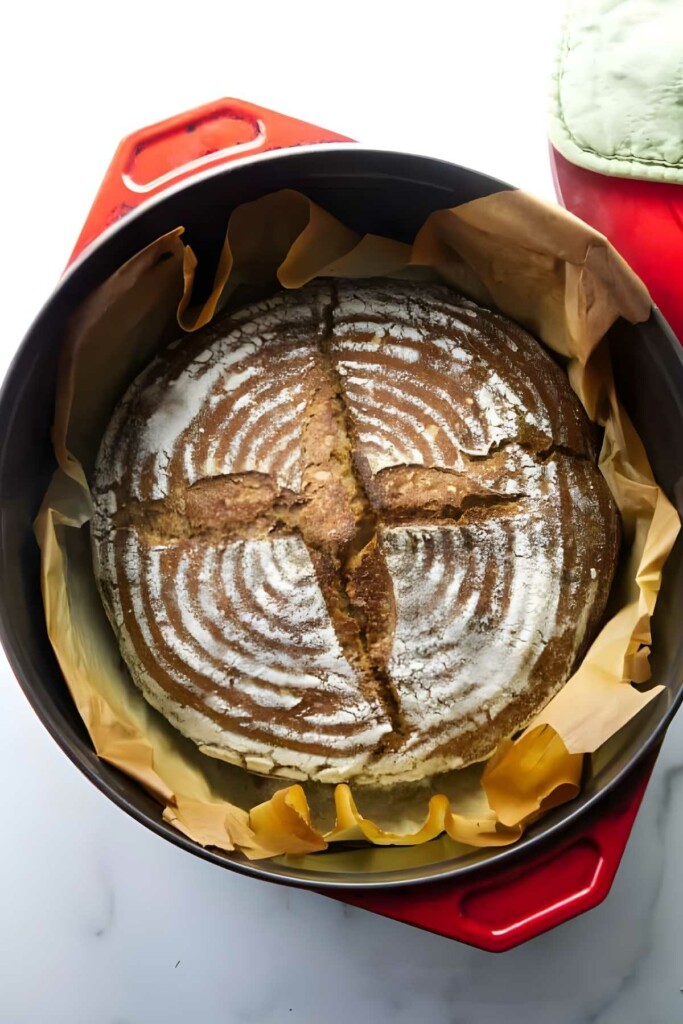
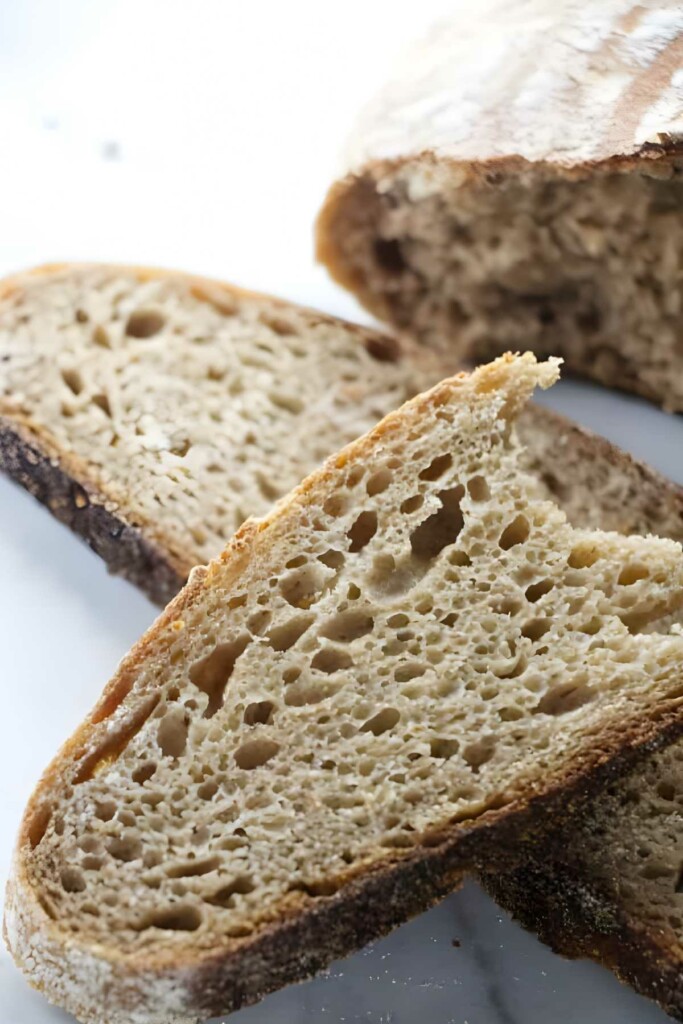
100% Whole Wheat Spelt Sourdough Bread
This 100% whole wheat spelt sourdough is simple, hearty, and full of character. It lets the spelt do what it does best; add a nutty flavor, a tender crumb, and a rustic feel that makes each slice feel homemade in the best way. Once you’ve made it a time or two, it settles into that reliable, keep-it-in-the-rotation kind of recipe.
Pin this now to find it later!
Pin It
100% Spelt Sourdough Bread
If you make this recipe, please leave a star rating and comment.
Ingredients
- 1 cup active sourdough starter, (240 grams)
- 1 ¾ cups warm water, (413 grams)
- 4 ¼ to 5 ¼ cups whole wheat spelt flour, (550 to 680 grams)
- 2 teaspoons salt, (12 grams)
Instructions
- Combine all the ingredients in the bowl and stir until it is well combined. The dough will have a rough, chunky look.
- Dump the dough onto a work surface and knead the dough with your hands until it is smooth. Approximately 10 to 12 minutes. (Essentially, you are massaging the dough by stretching and pushing. This will help develop the gluten.) At this stage, it will be wet and sticky. Try not to add more flour or your finished bread will be dense and heavy. The dough will stick to your hands and feel messy but if you get your hands wet it won't stick as easily.
- Place the dough into an oiled bowl and turn it so oil coats the top of the dough. Cover with plastic wrap and let it sit at room temperature for 3 to 6 hours (see notes) or in the refrigerator overnight. (A longer proof time in the fridge will give the bread a more complex, sourdough flavor.)
- Turn the dough out onto a work surface and form it into a round ball. (See notes)
- Place the ball of dough into a proofing basket or any container that is the shape that you want your bread to be shaped. (See notes)
- Let the dough rise again a second time for 3 to 6 hours** at room temperature until almost doubled in size. (Or you could let it rise in the fridge overnight for 12 to 15 hours)
- Preheat the oven to 450°F. Place the Dutch oven inside so it gets hot. It should take 20 to 30 minutes to preheat the Dutch oven.
- Place a piece of parchment on a board then lay it on top of the proofing basket. Flip the board and basket so the basket is on top then remove the basket.
- When the oven is hot, use the parchment paper to place the bread into the Dutch oven. Make a slash in the loaf with a sharp knife. For an extra burst of steam and a slightly higher rise, spray the dough with a bit of water.
- Bake for 20 minutes then remove the lid and finish baking for another to 30 to 35 minutes.
- Let the bread cool completely before slicing it.
Video
Notes
Nutrition
Nutrition information is automatically calculated, so should only be used as an approximation.
 Like this recipe? Rate & comment below!
Like this recipe? Rate & comment below!
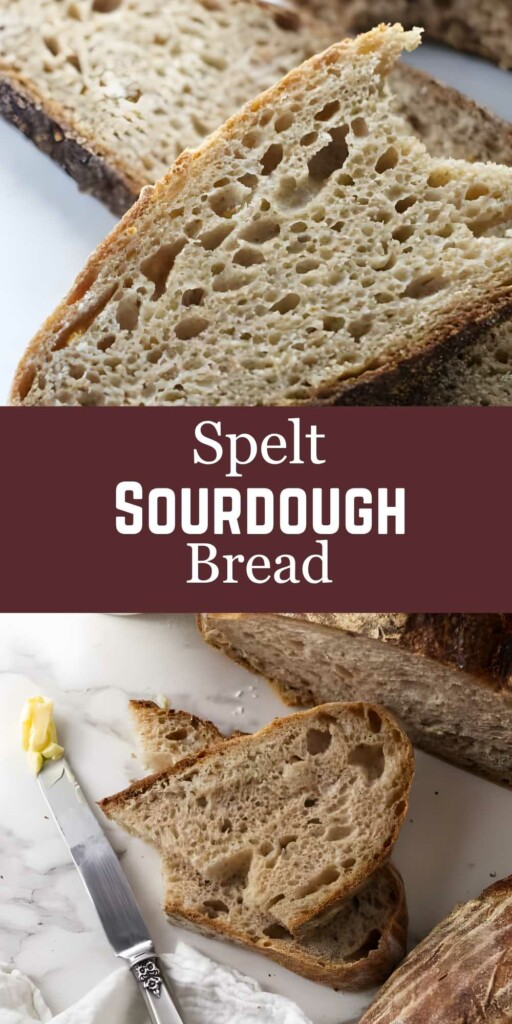
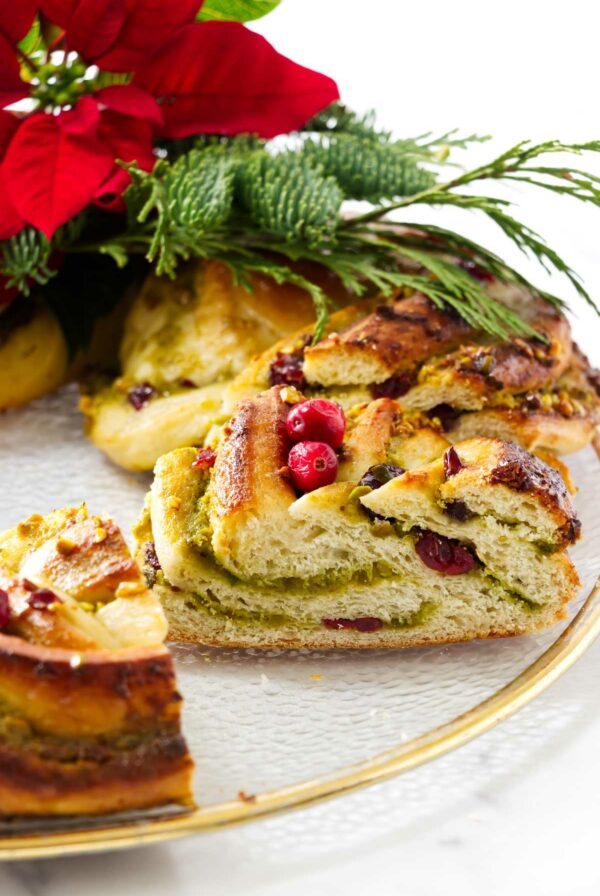
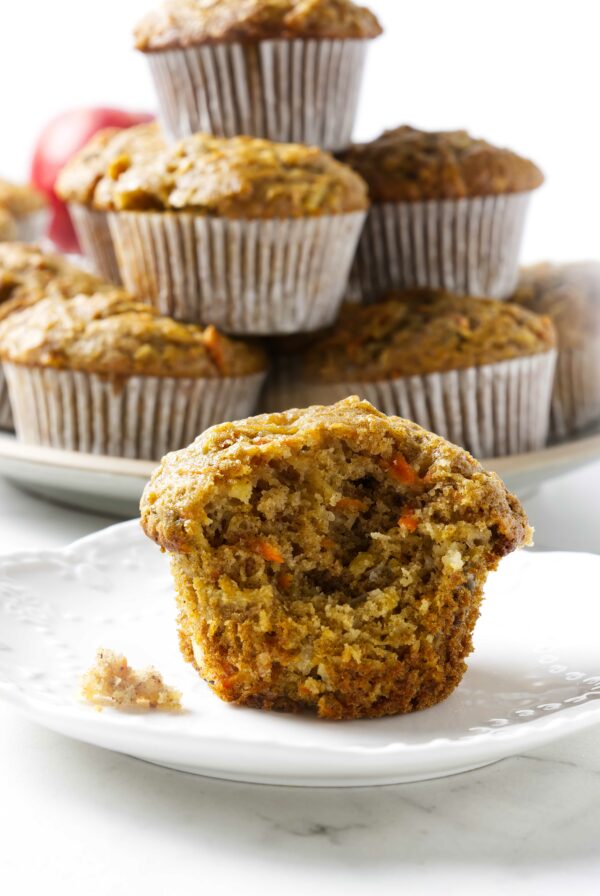












I made one loaf, did first rise on the counter and second in the fridge. It was great. But then I made a second loaf and did the first rise in the fridge and it hardly rose at all. So Im attempting to do the second rise in a warm place but so far its hardly rising. Should I just do no rises in the fridge? The first bread tasted amazing but it could have been more fluffy.
The fridge does slow down the rise and you may need to let it sit in a warm spot to get it to rise a bit more. Since this is 100% spelt flour, you won’t get a super fluffy loaf of bread. If you want a fluffy loaf with a higher rise, you can substitute a couple of cups of the spelt flour for bread flour.
Sorry, another question! I mentioned my dough had just finished it’s second proof. Well, when I tried to dump it onto the parchment paper, it was a sticky mess that started to spread out as I did so, so I had to quickly transfer to the Dutch oven before it spilled over. Is that normal? I was not able to cut slashes in it either because the dough was so sticky. What did I do wrong there?
You may have used too much liquid but it sounds like you proofed it too long. Over proofing the dough will cause it to get sticky and deflate and that will also make it hard to slash the bread.
Hi Dahn! I just finished the second proof for this sourdough recipe and I am so excited to see how it turns out! While I’m waiting I had a quick question about proofing. Does the Dutch oven have to be preheated before I place the dough in it? I ask because I don’t have a proofing basket nor another bowl that’s similar in size to my Dutch oven. Can I just do the second proof in the Dutch oven, then bake? On that note, if I wanted to bake it in something else, would a glass loaf pan work? Thank you so much for sharing this recipe!
You don’t have to preheat the Dutch oven. Preheating the pot will give the bread an initial burst of steam and slightly higher rise but the bread will bake quite well if you don’t preheat the Dutch oven first. Yes, you can do the second proof in the Dutch oven if you prefer not to preheat the pot or any other pan for that matter. This recipe makes delicious sandwich bread as well if you want to proof the dough in loaf pans.
Hello! I tried this recipe yesterday and when I made the dough initially it was not extremely sticky or wet, it also wasn’t very loose. I used a kitchen scale to measure everything and it turned out flatter than I would like. Do I just need to increase the water? I used 550 g spelt, room temp filtered well water, and my starter was at its peak too. Any help would be greatly appreciated! ?
You may have overproofed the dough. Spelt flour doesn’t have a strong gluten structure so you don’t want to proof it as much as traditional bread dough. Try letting it proof only 1-1/2 times its height.
Thank you for the great recipe. I just made your bread and it’s so delicious.
Thanks for the comment Joanna. Enjoy the spelt bread 😉
Can I use a KitchenAide with dough hook to kneed the bread instead of my hands?
Yes, that works well. I always worry about straining my Kitchenaid motor, but I have had my mixer for 10 years, and it is holding up well.
Hi, this bread is so good! How long do we cook it for if we divide the recipe into two smaller loaves? Thanks!
I don’t know how long you will need to bake the bread if you divide it into two smaller loaves. If you have an instant-read thermometer, it will be done when the internal temperature reaches 200°F. If you don’t have a thermometer, turn the loaf of bread upside down and give it a thump on the bottom. If it has a hollow sound, it is done.
The post says to scroll down to the bottom of the page for the full recipe, yet it’s locked unless I create an account. But if I click on other suggested recipes like the spelt banana bread, it doesn’t lock me out for not having an account. I don’t understand this…please explain.
This is one of a handful of recipes that are exclusive to readers with a Grow account.
I have been making sourdough spelt bread for 15 years, and use similar proportions and processes (great minds thinking alike :)- with these exceptions:
— I grind my own (organic) spelt grain, so it has all the bits and pieces of the grain. My bread used to be more dense, as the flour is heavier, and there’s less gluten in spelt: I struggled with that for a while.
— Now, I make it at a higher hydration- I think I am at about 80%. (I don’t always pay attention to exactness… spelt seems more variable in its reactions to water than hard red wheat is, at least for me; maybe it’s the whole-grain-ness).
— Sometimes I add some (King Arthur) organic bread flour (about a tenth of the total flour) as it helps support the heavier grain/lower gluten of the whole grain spelt; depends who/what I am making it for.
I see in the comments that you acknowledge the challenges of grinding your own spelt— just wanted to give some feedback for those that want to do so.
Regardless— spelt is the best, and your website is wonderful- thanks!!
Thanks for the comment and suggestions, Maggie. A higher hydration certainly does make a superior bread. It is more challenging to work with at a higher hydration but the bread flour will help. I would love to hear what you use to grind your spelt grain. I started out with a Vitamix and now I use a NutriMill which works much better.
@Dahn Boquist, sorry for the delay- I use the KoMo Fidibus Classic. It is my third grinder over the years and hands down the absolute best. Pricey but love love it, and the results.
I have heard great reviews about the KoMo, and it is a beauty as well!
This recipe is my new favourite. I’ve made so many loaves over the past 5 years and this is the best spelt sourdough. I’ve been putting it in a tin for the second proof and it makes a gorgeous sandwich loaf. Thanks for this recipe !
Thanks for the comment. It is fabulous sandwich bread 😉
@Lisa, how long do you bake in a tin? Do you bake at the same temperature?
You should be able to bake it at the same temperature in a tin.
@Lisa, how do you shape the bread if you want to put it in a tin? Ive only Done the boule version so this is what Im familiar with and know the shaping technique for.
Sam, you can shape it into a rectangle on the counter then roll it up like a jelly roll into a log.